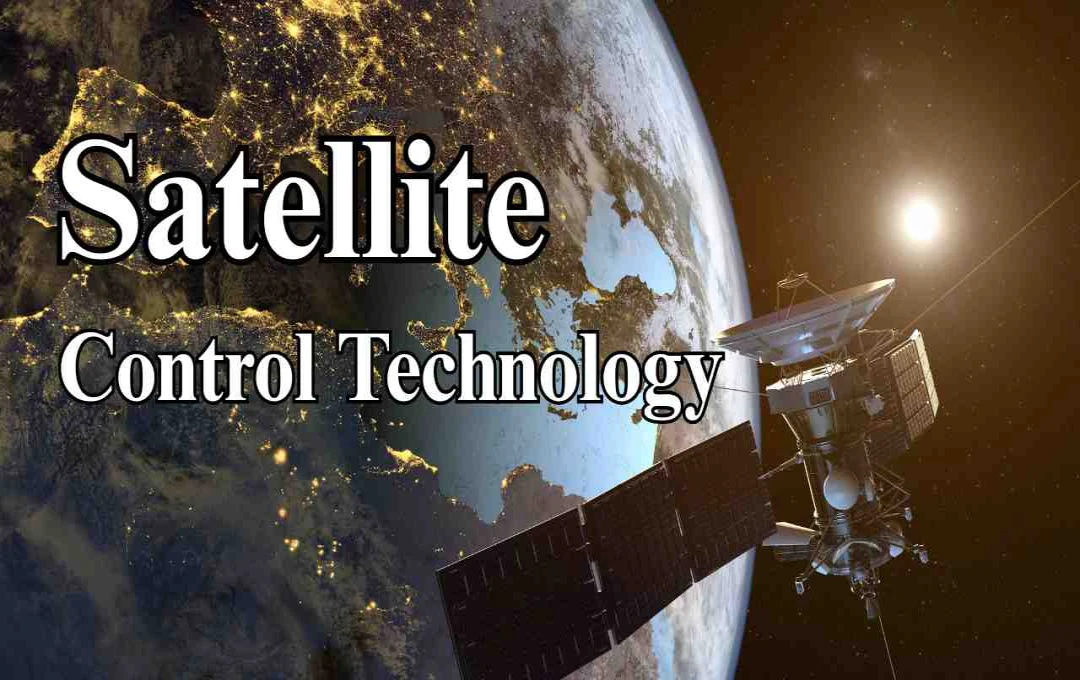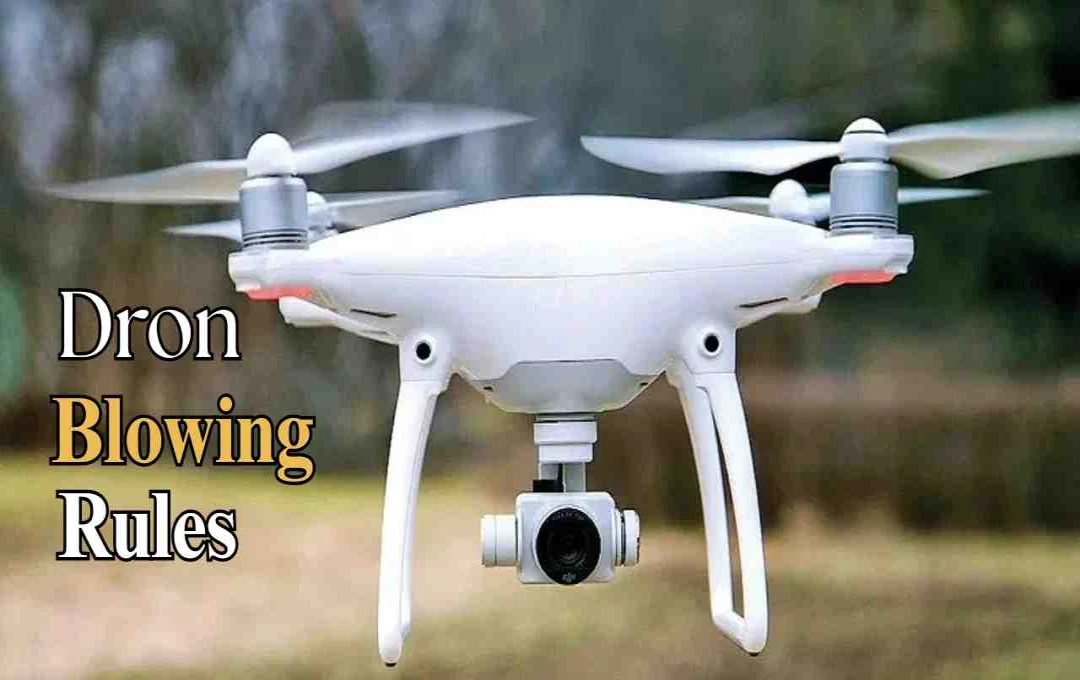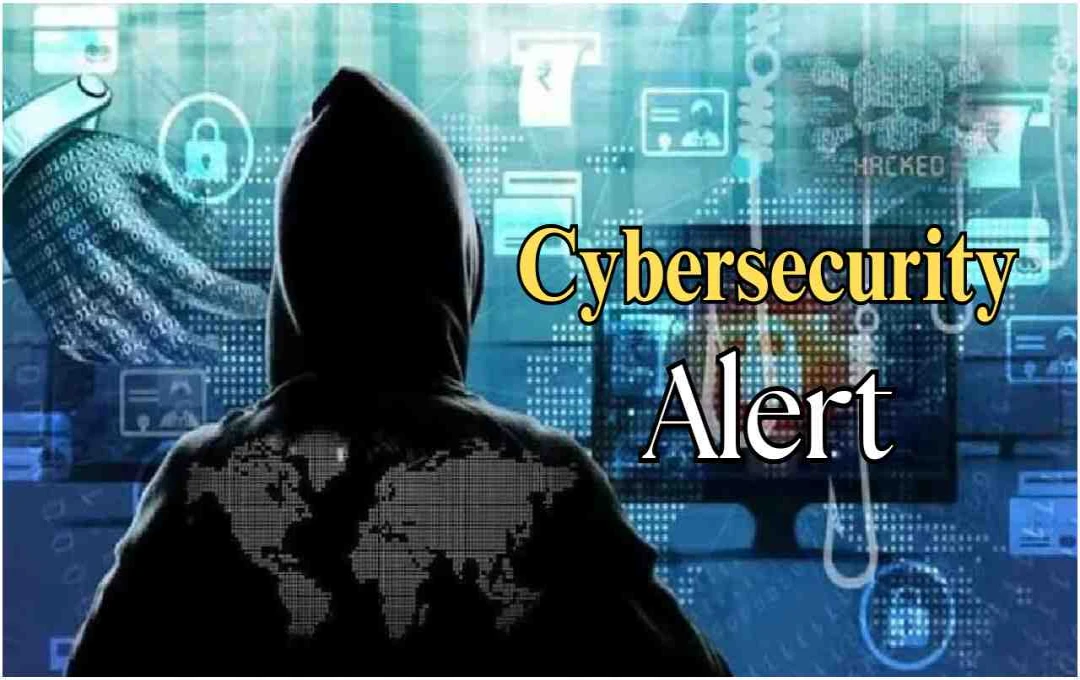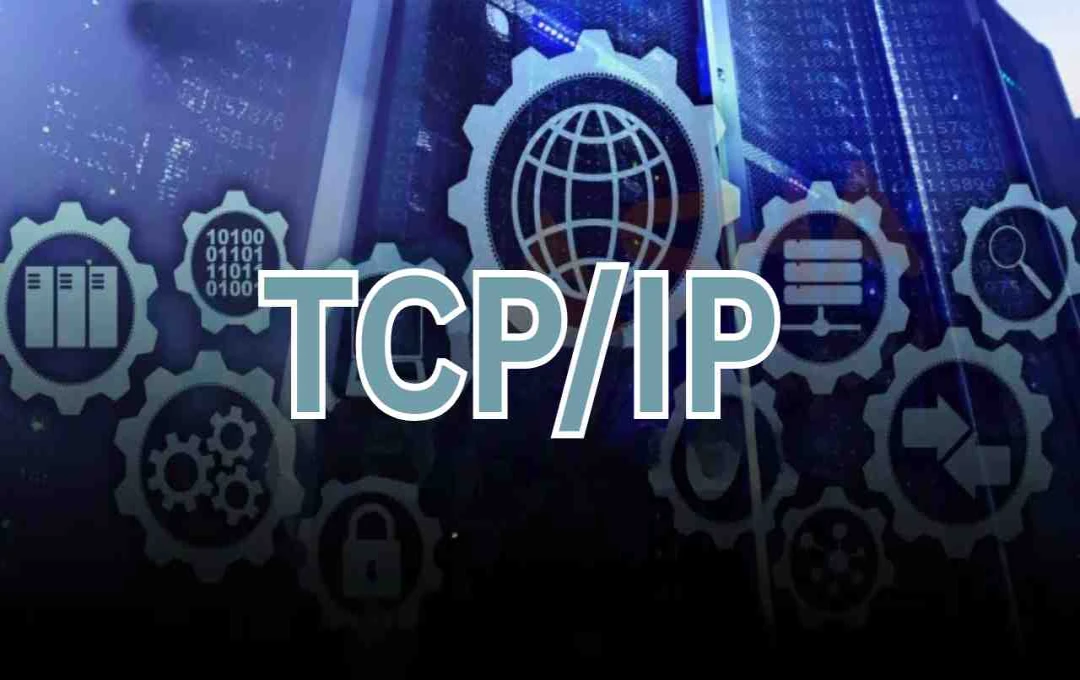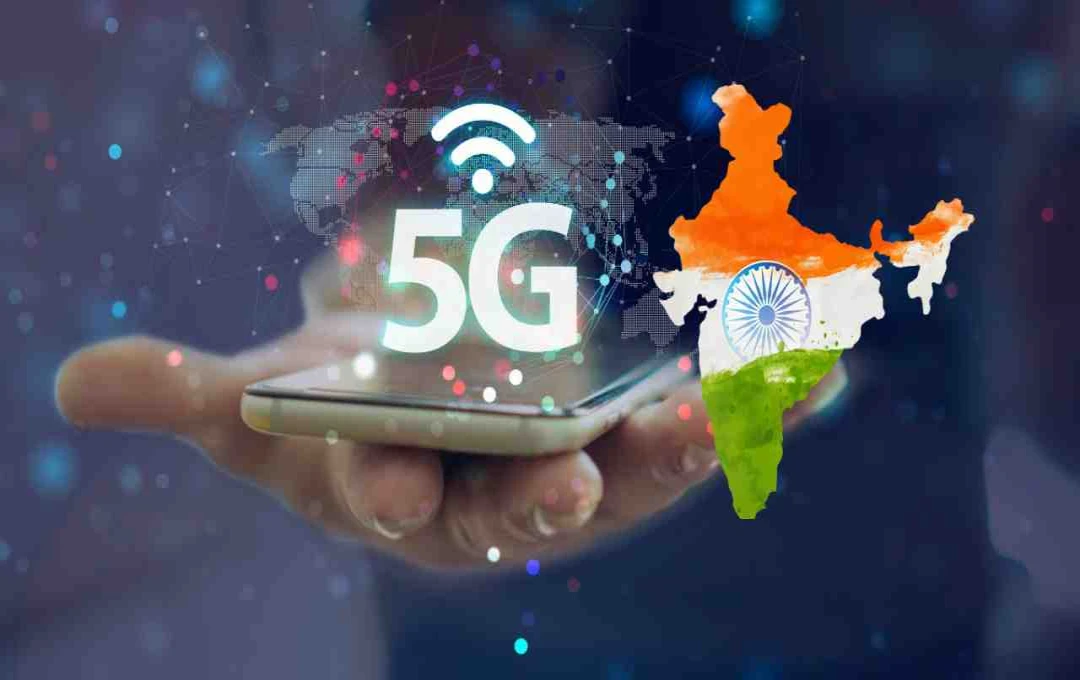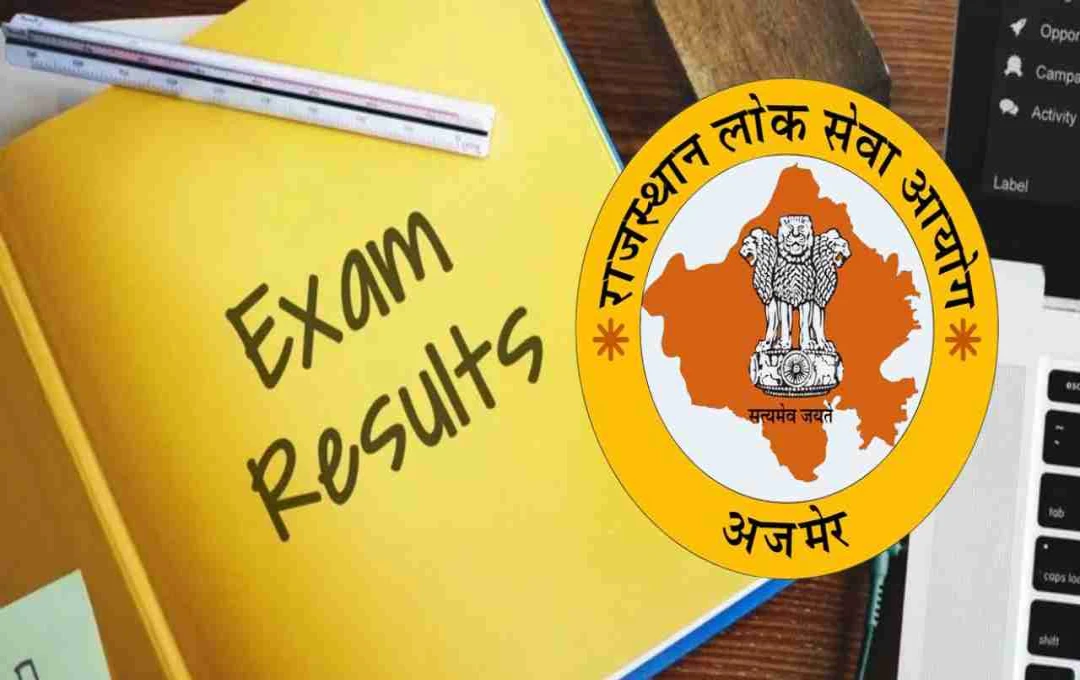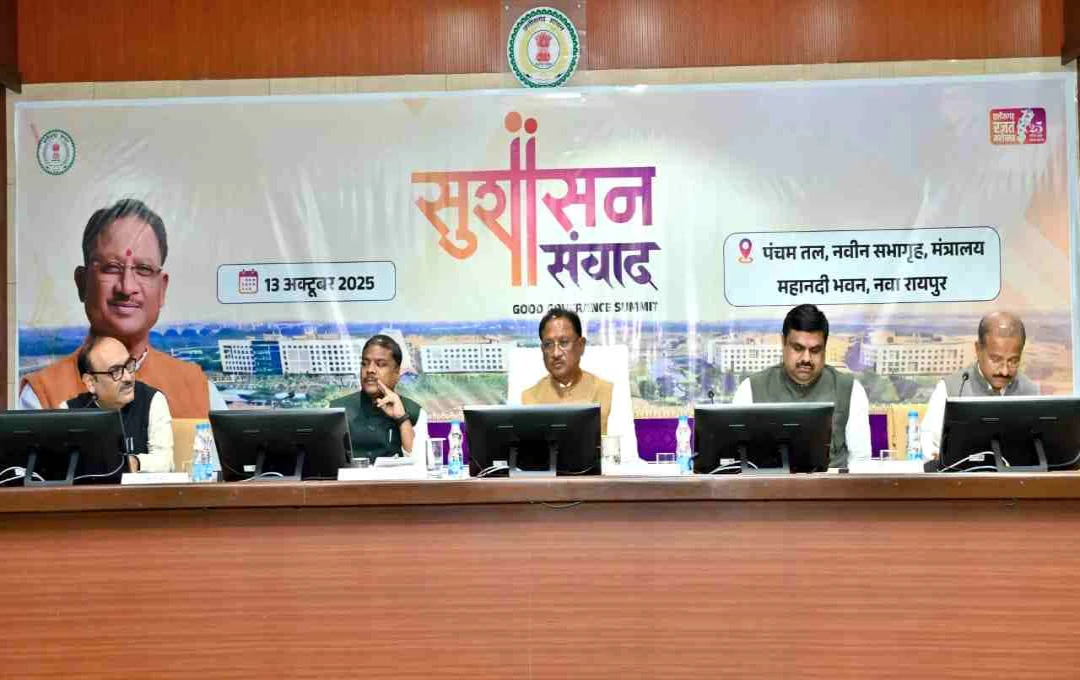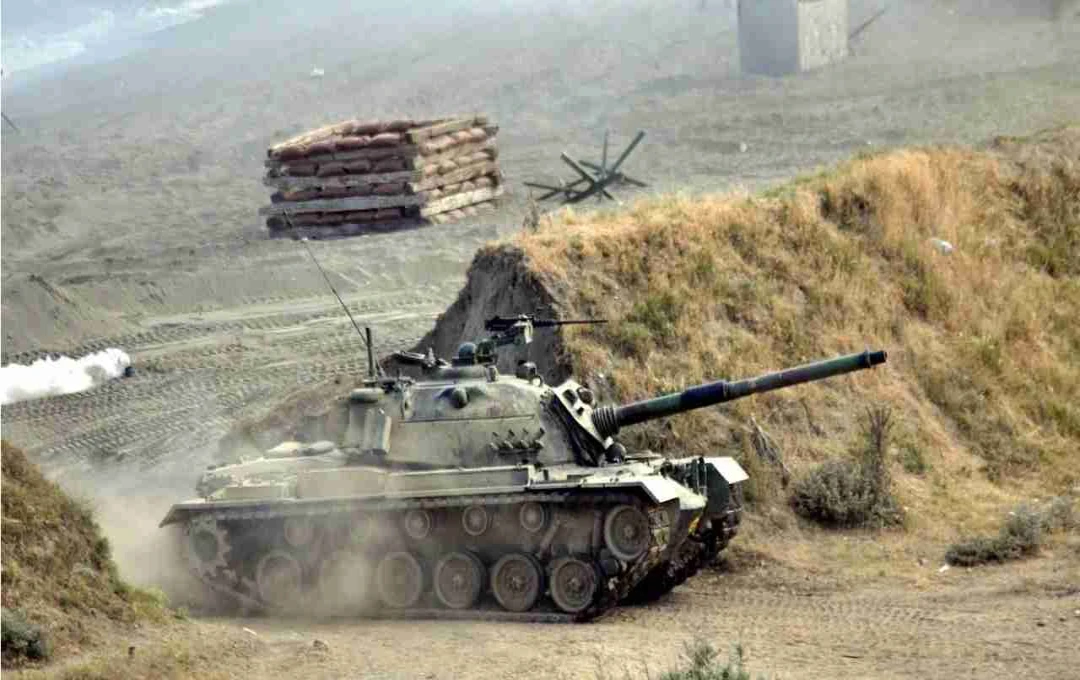Controlling remote satellites in space has become a marvel of high technology and precise signaling. Ground stations and mission control send commands, receive data, and alter satellite orbits using radio and laser signals. Modern autonomous technology and security measures make this process safe and reliable.
Satellite Control: Controlling satellites located millions of kilometers away in space is now possible. This process occurs through the collaboration of ground stations and mission control rooms in India and worldwide, where commands are sent and data is received by transmitting radio and laser signals. Satellites maintain their orbits and perform essential functions. Security and autonomous technology ensure that data arrives accurately and that satellites remain safe even in emergencies, thereby enabling effective space science, navigation, and telecommunications services.
Ground Stations and Mission Control
Each satellite has one or more ground stations that send and receive radio signals using large antennas. The mission control room determines which commands to send and when, and monitors the telemetry data received from the satellite. This process is known as Telemetry, Tracking & Command (TT&C).
Ground stations continuously track satellites and provide necessary commands. In this way, satellites maintain their orbits and transmit data.
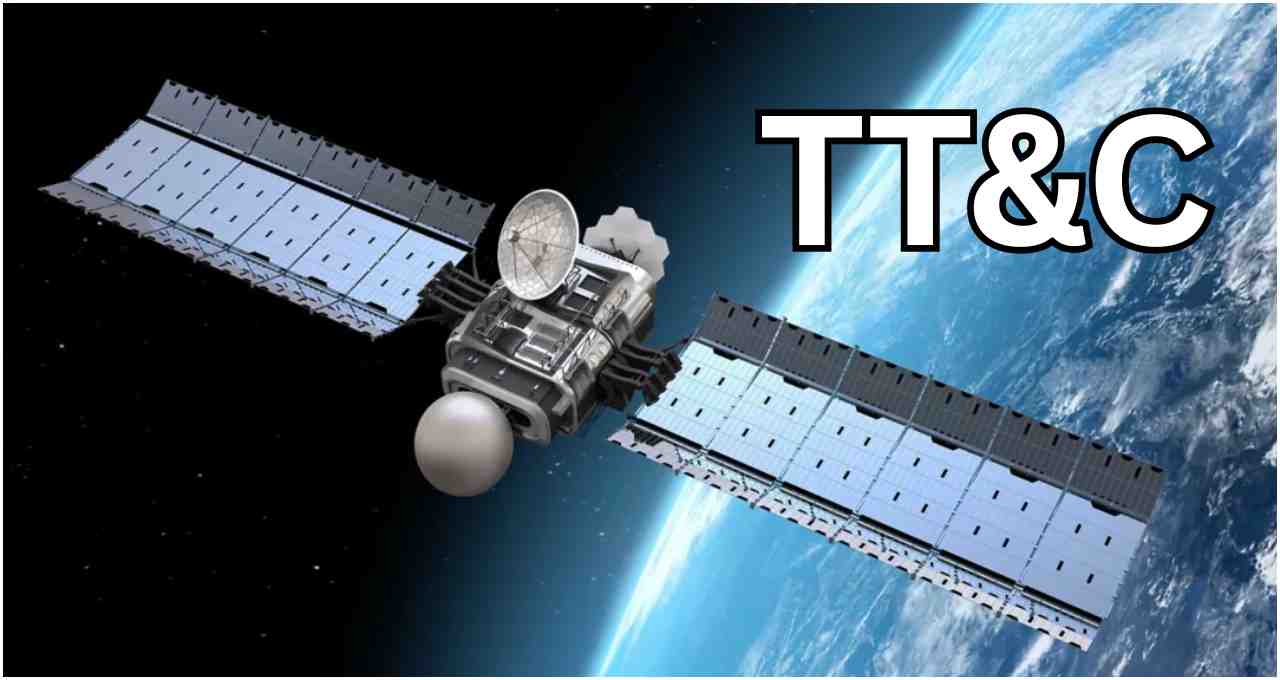
Signal Path
When mission control sends an order, it is transmitted from the ground antenna as radio waves, known as an uplink. The satellite receives it and executes the command via its on-board computer. Conversely, data sent from the satellite, such as images or system health reports, arrives on the ground as a downlink.
Signals are transmitted in different frequency bands such as S-band, X-band, and Ka-band to minimize interference and enable faster data transfer.
Laser and Real-time Connection
Some missions are utilizing laser communication instead of radio. Laser beams provide high-speed and low-interference links, but they require precise pointing and clear weather conditions.
The biggest challenge for signals is distance. In Low Earth Orbit (LEO), signals reach in milliseconds, whereas in Geostationary Orbit (GEO), at a distance of 36,000 kilometers, it takes approximately 120 milliseconds. The relative motion of the satellite and ground station causes Doppler shift, which is managed through frequency adjustments.
Antennas and Precise Pointing
Large dish antennas at ground stations and high-gain antennas on satellites are precisely pointed. This ensures that the signal remains b and clear.
Data Security and Autonomy
Encryption and authentication are mandatory for commands and telemetry to prevent unauthorized individuals from controlling the satellite. Error-correction coding is used to ensure data accuracy despite noise and interference.
Some modern satellites are now autonomous, making minor decisions such as power management or antenna re-alignment on their own. Additionally, redundant ground stations and automated scripts are available to mission control to ensure satellite safety even in emergency situations.
Controlling satellites in space is a confluence of technical and scientific expertise. These remote satellites are managed through a combination of ground stations, precise signaling, data security, and autonomous technology. This process is not only crucial for space science but also enables services such as telecommunications, meteorology, and navigation.
